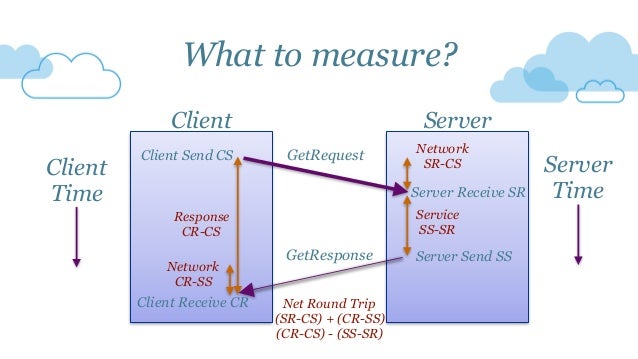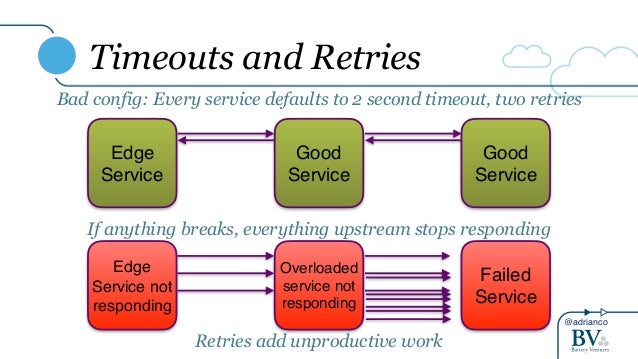

It's important to note here that we can't handle every single fault in existence, but we can try our best :D.

As engineers, we must anticipate and put in place ways to handle them - if we do so well, then our apps are resilient. When things do go wrong, we call them faults. Systems should continue working as expected even when things are going wrong! What could go wrong? There are three general ideas that we need to keep in mind though. Because of this designing new systems be a tough challenge for us engineers, as we try to keep the applications running properly for our users, we discover there is no cookie cutter approach that easily makes an app scalable.

With this book, software engineers and architects will learn how to apply those ideas in practice, and how to make full use of data in modern applications.The first part of the book explores the fundamental ideas that are in all data systems, both vertical and horizontally scaled applications. Software keeps changing, but the fundamental principles remain the same. In this practical and comprehensive guide, author Martin Kleppmann helps you navigate this diverse landscape by examining the pros and cons of various technologies for processing and storing data. What are the right choices for your application? How do you make sense of all these buzzwords? In addition, we have an overwhelming variety of tools, including relational databases, NoSQL datastores, stream or batch processors, and message brokers. Difficult issues need to be figured out, such as scalability, consistency, reliability, efficiency, and maintainability. Data is at the center of many challenges in system design today.


 0 kommentar(er)
0 kommentar(er)
